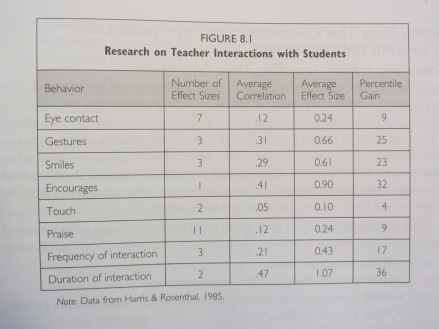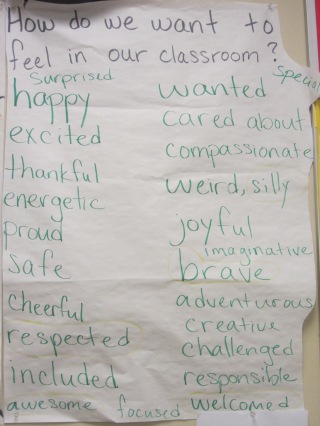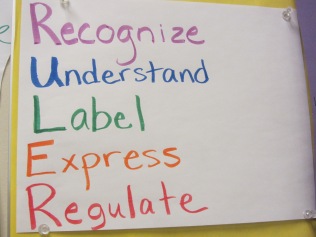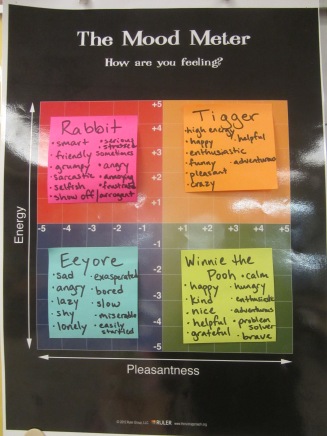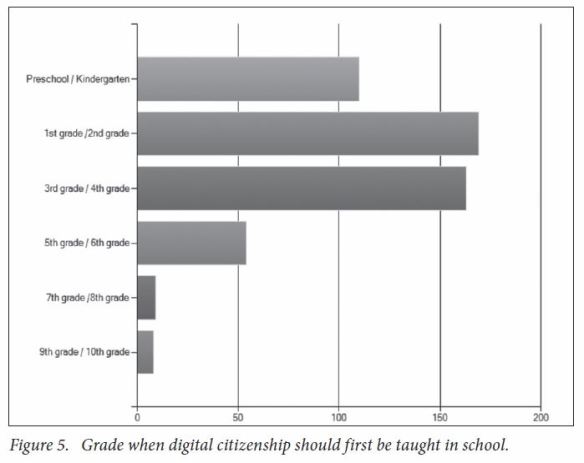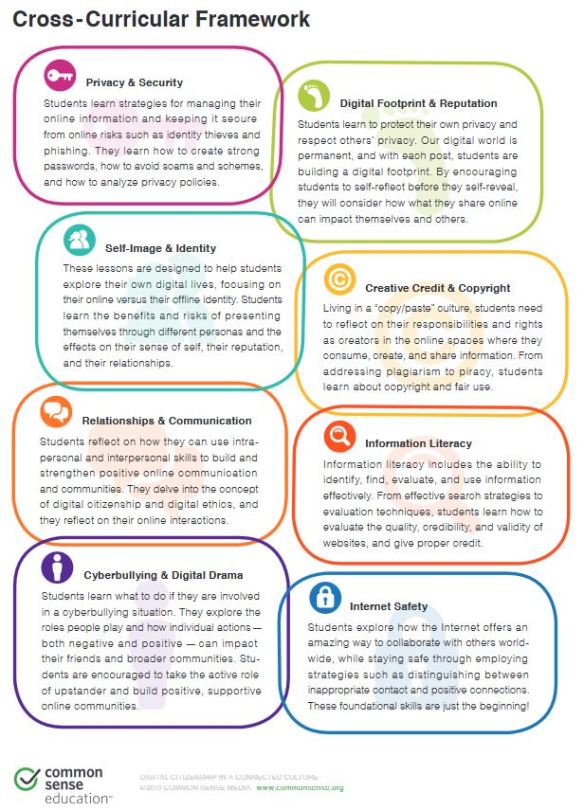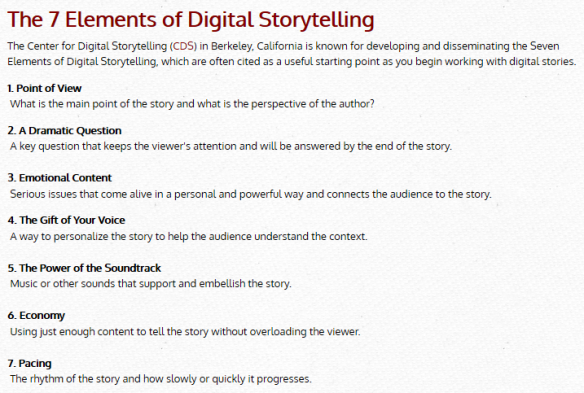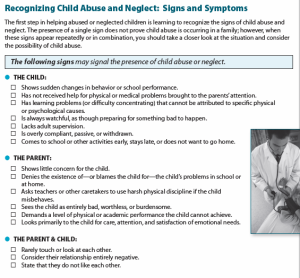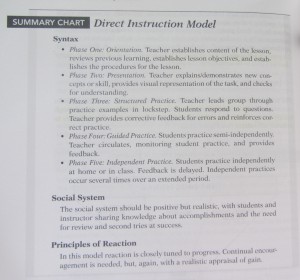Teacher burnout is a real problem for schools in the United States. Teachers, especially new ones, are susceptible to feelings of stress, loneliness, and low self-esteem. Teacher stress has many negative consequences including adverse effects to teacher health, negative thoughts and attitudes towards the education system, poor job satisfaction, and increased rates of leaving the profession. According to Prilleltensky, Neff, and Bessell (2016), anywhere from 30% to 50% of new teachers leave within the first 5 years of entering the career and 20% to 33% of new teachers leave within 3 years. These large rates of attrition have a huge financial cost to districts, states, and the teachers themselves. In addition to financial costs, teachers who are experiencing high amounts of stress or burnout do not teach as efficiently and can even influence how students feel about the educational experience. Poor teacher motivation can negatively influence students, causing further disinterest and lower engagement (Shen, McCaughtry, Martin, Garn, Kulik, Fahlman, 2015). It is important to understand teacher stress and how it leads to burnout, recognize the negative effects on students, and discover potential ways to alleviate the causes and symptoms.
Numerous studies have been done on teacher burnout. “Schaufeli and Enzmann (1998) noted that teachers represent the largest homogeneous occupational group investigated in burnout research, comprising 22% of all samples” (McCarthy, Lambert, O’Donnell, and Melendres, 2009, p. 283). Some teachers may be more prone to burnout than others, depending on their personalities. McCarthy et al. (2009) hypothesized that teachers are more susceptible to burnout symptoms if they believe the demands of their job are outweighed by the amount of resources they have to cope with those demands. To test this theory, McCartney et al. (2009) performed a study of 451 teachers in 13 elementary schools within a large urban region in the southeastern United States. They measured the teachers’ burnout using the Maslach Burnout Inventory (MBI) test. The MBI, developed in the 1980s by Christina Maslach and others, measures three aspects of burnout: emotional exhaustion, depersonalization, and personal accomplishment. Emotional exhaustion is defined as a depletion of one’s emotional resources while depersonalization means distancing oneself from others. According to McCarthy et al. (2009), depersonalization for elementary teachers could mean the development of negative, callous, and cynical attitudes towards students and the school environment. Personal accomplishment is a reduced sense of efficacy and devaluing of one’s work with others (McCarthy et al., 2009).
Through a complex analysis of two years’ worth of data, McCarthy et al. (2009) concluded that “teachers’ experience of stress appeared to have little to do with the differences between the various elementary school contexts” (p. 296). Furthermore, what made the most significant difference was the individual differences between teachers, suggesting that the biggest predictor of burnout was individual perceptions of the balance between resources and demands (McCarthy et al., 2009). It is interesting that another finding from this study was that the longer a teacher worked at a particular school, the more at risk they were for having burnout symptoms (McCarthy et al., 2009). The authors speculated that perhaps tenured teachers are given more non-classroom responsibilities, more difficult students, or other administrative functions not typically given to teachers in their first year of service. Another finding suggested that in order to combat depersonalization, teachers need to be given more support from school administrators, such as through morale-boosting events outside of school and even a mentor program. It is apparent in this study that no matter how long a teacher has been in the profession, they are still at risk for stress and burnout.
A recent article by Prilleltensky et al. (2016) explained that risks and protective factors take place at the personal, interpersonal, and organizational levels. On a personal level, feelings, of isolation, inadequacy, and anxiety can be offset by things such as a support network, a mentor teacher, increased self-efficacy, mindful medication, and a growth mindset. Interpersonal risk factors include relationships with students, parents, and colleagues. To combat these potential problems, teachers need to have better classroom management skills, elicit student voice, communicate regularly with parents, and share ideas with fellow colleagues. At the organizational level, risk factors include role clarification and policies and practices that are outside a teacher’s power to influence. Protective factors at the organizational level include workload clarification, understanding the principal’s expectations, and enhancing teacher voice and choice.
Prilleltensky et al. (2016), also note that novice teachers are especially prone to anxiety, loneliness, and feelings of inadequacy at the personal and interpersonal levels. New teachers often do not know anyone in the school and have a difficult time making friends or sharing ideas about teaching. Sometimes their friendliness can be met with frustration or negative feelings from other teachers who may be burned out themselves. Prilleltensky et al. (2016) reference a growing body of research supporting the idea that teacher mentoring and induction programs can increase novice teachers’ efficacy, job satisfaction, and retention. In fact, “first-year teachers who had a mentor in their field were 30% less likely to leave the profession at the end of their first year teaching” (Prilleltensky et al., p. 107). Stressful conflicts with parents and students themselves adds to the emotional burden thrown on teachers.
At the organizational level, new teachers are often placed in tough classrooms without proper professional support. Unfortunately, many teacher preparation programs do not equip teachers for daily classroom demands. Furthermore, teaching is inherently emotionally intense and the school system is not organized in a way to support new teachers (Prilleltensky et al., 2016).
While numerous studies have been centered on teachers’ own characteristics, “few have explored the connection between teachers’ burnout and students’ motivation via their own perceptions of teachers’ behavior and emotional well-being” (Shen et al., 2015, p. 520). The theory is that as teachers become increasingly burned out, their classroom preparation and involvement in classroom activities decreases while student criticism increases. Thus, students’ sense of efficacy in school can decline, reducing their intrinsic motivation, and eventually diminishing learning and engagement. Shen et al. (2015) conducted a study of over 1,300 high school students and their 33 physical education teachers in 20 high schools from two school districts in a Midwest metropolitan area to investigate the relationship between teachers’ burnout and students’ independent motivation. Teacher experience in this study ranged from 8 years to 30 years.
Results showed that physical education teachers’ “burnout was negatively associated with students’ autonomous motivation” (Shen et al., 2015, p. 527). There could be a few possible reasons for this connection, including: 1) emotional exhaustion may discourage teachers from realizing the relevance of physical education and therefore they did not provide students with convincing instruction, and 2) teachers might be uninterested in setting goals for students or allowing them to choose activities they find interesting (Shen et al., 2015, p. 529). Further study is needed across a wider variety of school populations and subjects to determine the link between teacher burnout and student motivation.
These studies point to the fact that teachers could benefit from instruction on fundamental skills such as stress and time management, relaxation training, and coping skills. One such skill called Mindfulness-Based Stress Reduction (MBSR) might be helpful. According to Gold, Smith, Hopper, Herne, Tansey, and Hulland (2009), “MBSR is based on training attention through straight-forward, secular, meditation techniques” (p. 185). When dealing with stressful thoughts or events, teachers using MBSR attempt to reduce emotional reactivity and become more attuned to logical thinking. Gold et al. (2009) performed a study of nine elementary teachers and two teaching assistants at six schools to determine the effectiveness of MBSR training at reducing teacher stress. Participants completed the Depression Anxiety Stress Scales test before and after the MBSR training. The training occurred over 8 weeks with sessions once a week after the school day for 2.5 hours. There was also a 5-hour session on a Saturday between weeks 5 and 6.
Results showed that most teachers were emotionally distressed, scoring above the clinical threshold for depression, with eight scoring in the clinically significant range in two of the three subscales (depression, anxiety, or stress) (Gold et al., 2016). After the MBSR training, only four scored within the clinically significant range on any subscale, with only two being mildly stressed (Gold et al., 2016). Several participants had positive things to say about the training such as “I wish I’d known about it 30 years ago” and “It has been helpful for me to notice unhelpful thinking patterns and nipping them in the bud” (Gold et al., 2016). It is difficult to make a generalization about these results given the extremely small number of participants, no control group, and no follow up of the long-term effects of the training. However, at least in the short term, MBSR training may prove useful for some teachers to reduce their personal anxiety, stress, and depression by increasing their coping abilities.
It is essential that educators around the country realize the seriousness of teacher burnout. Personal, interpersonal, and organizational factors can have a huge impact on how a teacher handles stress and loneliness. New teachers especially are prone to these negative feelings and may not have the training or support they need from their school or teacher preparation programs. Coping strategies such as the MBSR approach, other cognitive behavioral approaches, and having a good support network can help alleviate the symptoms of burnout. Teacher working conditions and classroom environments must be improved. For the sake of all educators and students, there needs to be more of a balance between the demands and resources of classrooms, more support for teachers with challenging students or situations, and perhaps even mentors assigned to new teachers. Recognizing teacher burnout is the first step in the long road to improvement.
References
Gold, E., Smith, A., Hopper, I., Herne, D., Tansey, G., Hulland, C. (2009). Mindfulness-based stress reduction (mbsr) for primary school teachers. Journal of Child & Familiy Studies, 19, 184-189. doi: 10.1007/s10826-009-9344-0
McCarthy, C. J., Lambert, R. G., O’Donnell, M., Melendres, L. T. (2009). The relation of elementary teachers’ experience, stress, and coping resources to burnout symptoms. The Elementary School Journal, 109, 3, 282-300. doi: 0013-5984/2009/10903-0004
Prilleltensky, I., Neff, M., Bessell, A. (2016). Teacher stress: what it is, why it’s important, how it can be alleviated. Theory Into Practice, 55, 104-111. doi: 10.1080/00405841.2016.1148986
Shen, B., McCaughtry, N., Martin, J., Garn, A., Kulik, N., and Fahlman, M. (2015). The relationship between teacher burnout and student motivation. British Journal of Educational Psychology, 85, 519-532. doi: 10.1111/bjep.12089


